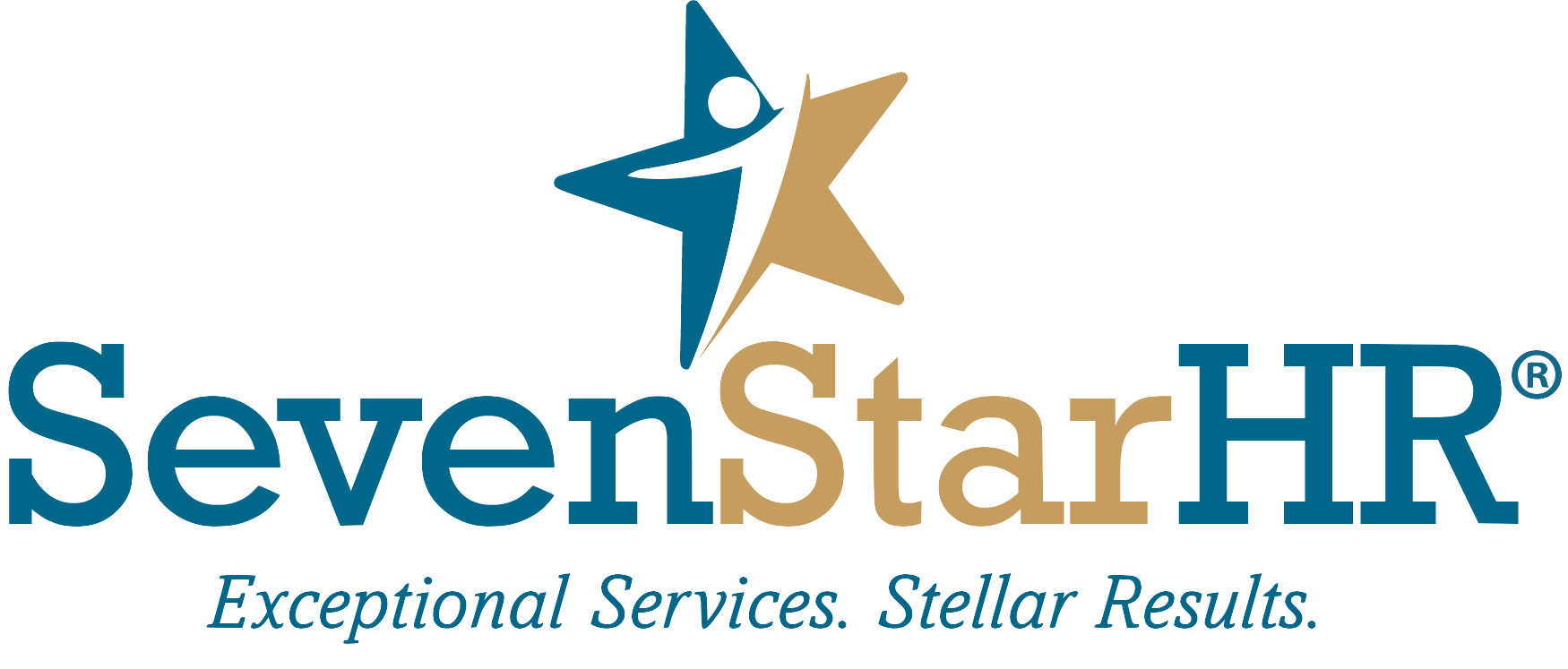The Top 6 Hiring Trends for 2022
So far, 2022 is shaping up to be another candidate-driven job market, with more jobs available than there are candidates. To win the war for talent, organizations must rethink not only traditional approaches to recruiting, but how their culture and workplace reflect the new and changing world of work.
Here are the top hiring trends for 2022 every employer needs to know about.
Employer branding is an essential business investment
As candidates are often able to have their pick of jobs, employer branding has become a critical recruitment and retention strategy in 2022. The more information provided to candidates about the company and its mission, values, culture, and purpose, the greater the likelihood of them forming a positive opinion and applying for the job.
Strong demand for diversity, equity, and inclusion
The benefits of having a culturally diverse workforce are undeniable. Diverse teams can boost innovation, ignite creativity, and increase revenue. And when diversity and inclusion go hand-in-hand, business performance is maximized, as inclusive teams make better business decisions up to 87% of the time, and decisions made and executed by diverse teams delivered 60% better results.
The past couple of years have seen a leap in awareness of social issues, and as Generation Z makes up more and more of the workforce, this will only increase. Candidates want to work for an employer that aligns with their values and is committed to diversity and inclusion policies; D&I is no longer a “nice to have” - it’s a “must-have”. It needs to be at the core of the organization’s policies and practices.
Hybrid and remote working is the future of work
The pandemic accelerated the transition to remote and hybrid work models, and many businesses have found it beneficial to both the company and its employees. As a result, the employee experience has come to the forefront in hiring and retention this year.
Remote work can offer employers a much-needed advantage as it can be a deciding factor for candidates that have received multiple job offers. Additionally, remote work can increase employee motivation and satisfaction, leading to greater productivity and reduced turnover. With 84 percent of employers planning to expand remote working, those sticking to the traditional approach may lose out.
Advanced screening tools give you an edge
Advanced screening affords the employer quantifiable data about candidates' skills and abilities, streamlining and fast-tracking the hiring process. We’re big proponents of behavioral assessments, which provide insight into a candidate’s core attributes, like having a strong work ethic, good judgment, and initiative - the soft skills that can’t be taught, in essence. For many positions, the soft skills an applicant brings to the role will be far more integral to their success than hard skills, which can be taught.
Reaching passive candidates is critical
Passive candidates - those not actively looking for a job - represent a huge talent pool your business simply can’t afford to overlook. To illustrate this point, Stackoverflow’s “2020 Developer Survey” found that only 17% of its respondents were actively looking for a job, while the remaining 83% can be qualified as passive candidates.
Programmatic advertising is software-powered buying, placement, and optimization of ads, allowing job advertisers to target their ideal demographic across the web and ensuring money isn’t wasted on clicks that don’t convert.
An extremely powerful outreach tool, programmatic advertising affords employers a massive competitive advantage in the battle for talent we’re seeing in 2022. This is the year to promote your job ad to as broad a market as possible, and not only to those who are actively searching for a new role.
Upskilling, reskilling, and training may be a solution
Have you thought about filling that vacancy internally? Some vacancies can be filled by simply providing the necessary training to existing members of your team. Not only is this a great way to reduce costs and boost employee morale, but it’s also a neat solution to the labor shortage we are facing. Employees are increasingly concerned with their training, development, and advancement opportunities, so this is an effective retention strategy.
Beyond compensation and benefits, candidates are interested in how they will be working and whom they are working for. By focusing on employer branding, advanced screening, passive recruitment, flexible workplaces, diversity, and developing employee potential, companies can attract and retain an accomplished workforce despite a general talent shortage.
Are you having trouble hiring, training, or re-engaging your team? Contact us for the solutions you need.

